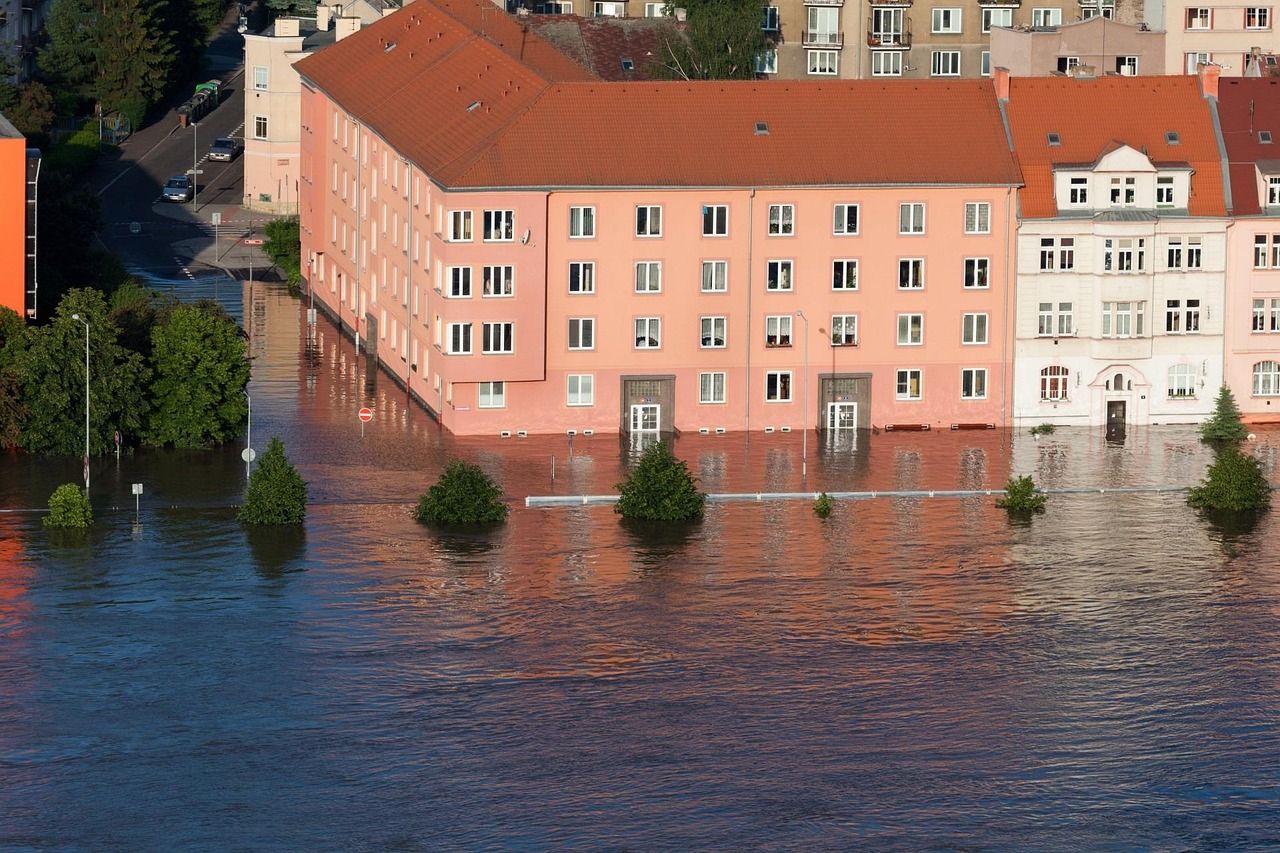Rising sea levels: new forecasts are much worse than expected 🚨
Published by Cédric,
Article author: Cédric DEPOND
Source: Earth's Future
Other Languages: FR, DE, ES, PT
Article author: Cédric DEPOND
Source: Earth's Future
Other Languages: FR, DE, ES, PT
Follow us on Google News (click on ☆)

Illustration image Pixabay
Scientists agree on the rise in sea levels, but estimates vary. A team of researchers from Singapore and the Netherlands has developed an innovative method to refine these forecasts. Their results, published in Earth's Future, suggest a much greater rise than that envisaged by the IPCC.
A novel method for more accurate forecasts
The researchers used a so-called "fusion" approach, combining climate models and expert opinions. This method integrates various data, including extreme events such as the collapse of ice sheets. It thus allows for better quantification of uncertainties and the establishment of more reliable forecast ranges.
The results show that, depending on greenhouse gas emission scenarios, the rise could reach 1.9 meters (6.2 feet) by 2100. This figure far exceeds previous estimates, highlighting the urgency to act.
Dramatic consequences for coastal areas
A rise of 1.9 meters (6.2 feet) would have major impacts on coastal cities, agriculture, and ecosystems. Regions such as the Gulf of Mexico would be particularly affected, with increased risks of flooding and population displacement.
Infrastructure will need to be redesigned to face these challenges. Policymakers are urged to integrate these new forecasts into their adaptation plans, particularly by strengthening coastal protections.
The urgency to reduce greenhouse gas emissions
The study emphasizes the importance of limiting emissions to avoid the most extreme scenarios. Although current trends fall between the low and high scenarios, every effort counts to mitigate risks.
The researchers hope that their method will serve as a reference for other climate projections. It could also be applied to flood risk analysis or economic impact assessments.